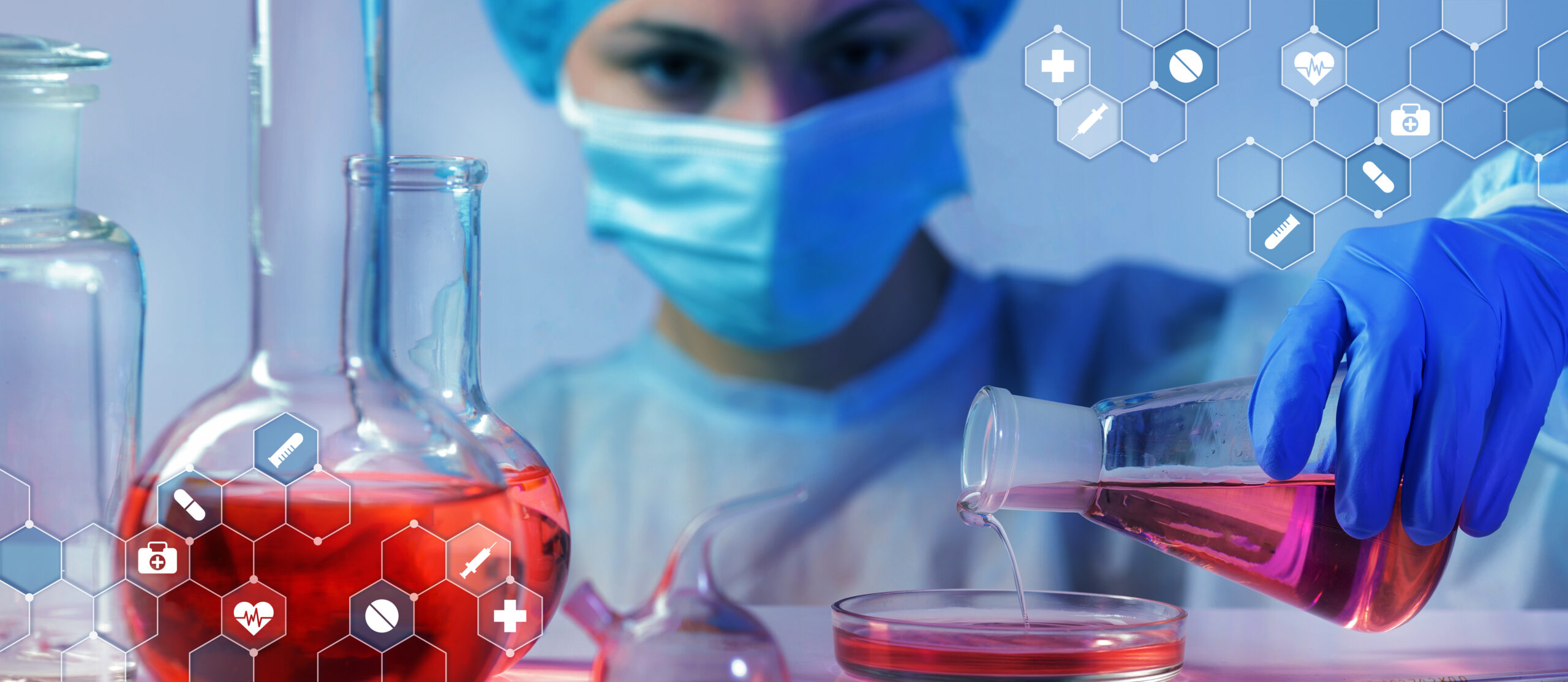
Bioanalytical Testing: The Backbone of Drug Development and Therapeutic Innovation
As the pharmaceutical and biotechnology industries continue to push the boundaries of science, the demand for precise and reliable analytical data has never been higher. At the heart of this need lies bioanalytical testing—a cornerstone of modern drug development that ensures the safety, efficacy, and quality of therapeutic products. From early-stage discovery to late-phase clinical trials and regulatory submissions, bioanalytical testing plays a critical role in shaping the future of medicine.
What Is Bioanalytical Testing?
Bioanalytical testing involves the qualitative and quantitative measurement of drugs, metabolites, biomarkers, and other biological molecules within samples like blood, plasma, serum, or tissue, supporting accurate evaluation of pharmacokinetics, efficacy, and safety throughout the drug development process. It involves using advanced technologies and validated methods to support pharmacokinetic (PK), pharmacodynamic (PD), and toxicokinetic (TK) studies in both preclinical and clinical research.
Common Applications:
Quantification of drug concentrations
Detection of therapeutic proteins or antibodies
Biomarker measurement for disease progression
Immunogenicity testing
Bioequivalence and biosimilarity studies
These data are essential not only for understanding how a drug behaves in the body, but also for meeting the stringent requirements of regulatory bodies such as the FDA, EMA, and PMDA.
Techniques in Bioanalytical Testing
Bioanalytical testing relies on a suite of sophisticated analytical tools, tailored to the specific properties of the analytes and matrices. Some widely used techniques include:
- ELISA (Enzyme-Linked Immunosorbent Assay)
Used for detecting proteins, antibodies, and cytokines. It’s particularly common in biologics and vaccine research. - PCR-based Methods
Essential for detecting nucleic acids, viral vectors, and gene therapy components in bioanalytical workflows. - Ligand-Binding Assays (LBAs)
Ideal for large molecule drugs such as monoclonal antibodies, LBAs help determine drug concentration and immunogenicity.
Choosing the right method depends on the molecular nature of the drug, required sensitivity, regulatory expectations, and study objectives.
Importance in Drug Development
- Pharmacokinetics and Pharmacodynamics
Bioanalytical testing provides critical data on how a drug is absorbed, distributed, metabolized, and excreted (ADME), as well as how it interacts with its biological target. This data informs dosing, frequency, and route of administration. - Toxicology and Safety Assessment
Before a new drug reaches clinical trials, it must be proven safe. Bioanalytical methods help detect potential toxic metabolites or adverse interactions early in development. - Regulatory Submissions and Compliance
Authorities require validated bioanalytical data to approve Investigational New Drug (IND) applications, New Drug Applications (NDAs), and Biologics License Applications (BLAs). Robust documentation and validated methods are essential for compliance. - Biosimilar and Generic Development
In bioequivalence studies, bioanalytical testing confirms whether a biosimilar or generic matches the original product in terms of exposure and activity.
Bioanalytical Testing in Advanced Therapies
With the rise of cell and gene therapies, vaccines, and biologics, bioanalytical testing has expanded to address more complex challenges. For example:
Detecting viral vectors or transgene expression in gene therapy
Measuring cytokine release and immune response in CAR-T therapies
Monitoring persistence and expansion of therapeutic cells
Analyzing novel delivery systems like lipid nanoparticles
The field is also embracing new technologies like high-resolution mass spectrometry, next-gen sequencing (NGS), and digital ELISA platforms to keep pace with innovation.
Partnering with a CRO or CDMO for Bioanalytical Services
Given the complexity and regulatory requirements of bioanalytical testing, many companies partner with contract research organizations (CROs) or contract development and manufacturing organizations (CDMOs) that offer:
GLP and GCLP-compliant laboratories
Validated methods across various platforms
Rapid turnaround times for PK/PD studies
Full regulatory support and data package preparation
Experience in early-phase to post-marketing surveillance studies
Outsourcing enables sponsors to accelerate timelines, reduce internal burden, and ensure data integrity at every stage of development.
Conclusion
Bioanalytical testing is far more than a technical process—it’s the foundation of evidence-based drug development. Accurate and reliable bioanalytical data ensure that therapeutic candidates are safe, effective, and ready for regulatory scrutiny.
As new modalities and personalized medicines gain momentum, the role of bioanalytical testing will only grow more critical. By investing in advanced technologies, skilled personnel, and strategic partnerships, the life sciences industry can continue to deliver groundbreaking therapies that improve—and save—lives around the world.


